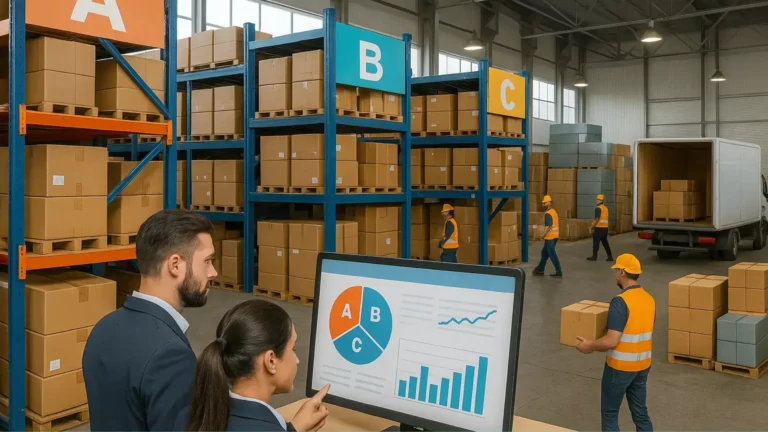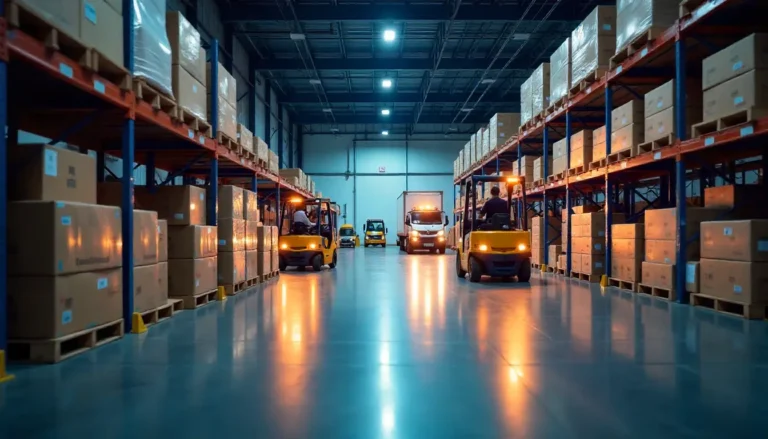
Future of Supply Chain Management
The global supply chain, once a relatively invisible backbone of commerce, has been thrust into the spotlight. From pandemic-induced disruptions to geopolitical shifts, the need for resilient, agile, and transparent supply chains has never been more critical. As we look ahead, several key trends are poised to reshape the landscape, demanding businesses adapt to thrive in the evolving environment.
Digitalization and Automation: The Intelligent Supply Chain
The cornerstone of the future supply chain is digitalization. This encompasses everything from cloud-based platforms and IoT sensors to AI-powered analytics and robotic automation. Real-time visibility, predictive capabilities, and optimized processes are no longer luxuries but necessities.
- IoT and Sensors: Real-time tracking of goods, environmental monitoring, and predictive maintenance are enabled by a network of connected devices.
- AI and Machine Learning: Demand forecasting, inventory optimization, and risk assessment are enhanced by AI algorithms, enabling proactive decision-making.
- Robotic Process Automation (RPA): Repetitive tasks, such as data entry and order processing, are automated, freeing up human resources for strategic initiatives.
- Digital Twins: Creating virtual replicas of physical supply chain assets allows for simulation and optimization before implementation, reducing costs and risks.
Resilience and Diversification: Mitigating Disruption
The fragility of concentrated supply chains has been starkly exposed. Businesses are now prioritizing resilience through diversification and redundancy.
- Multi-Sourcing: Relying on multiple suppliers across different geographies reduces dependency on single points of failure.
- Nearshoring and Reshoring: Bringing production closer to end markets shortens lead times and reduces reliance on long-distance shipping.
- Inventory Buffers: Strategic stockpiling of critical components and finished goods mitigates the impact of sudden disruptions.
- Risk Management Platforms: Advanced tools enable businesses to identify, assess, and mitigate potential risks across their supply chains.
Sustainability and Circularity: The Ethical Supply Chain
Consumers and regulators are increasingly demanding sustainable and ethical practices. The future supply chain must embrace environmental and social responsibility.
- Carbon Footprint Reduction: Implementing eco-friendly transportation, energy-efficient facilities, and sustainable packaging.
- Circular Economy: Designing products for reuse, recycling, and remanufacturing, minimizing waste and maximizing resource utilization.
- Ethical Sourcing: Ensuring fair labor practices, responsible material sourcing, and transparency throughout the supply chain.
- Supply Chain Transparency: Leveraging blockchain and other technologies to track the origin and journey of products, ensuring authenticity and ethical compliance.
Data Analytics and Predictive Capabilities: The Proactive Supply Chain
Data is the lifeblood of the modern supply chain. Advanced analytics tools are transforming raw data into actionable insights.
- Demand Forecasting: Leveraging historical data, market trends, and external factors to predict future demand and optimize inventory levels.
- Predictive Maintenance: Using sensor data and AI algorithms to anticipate equipment failures and schedule preventative maintenance.
- Real-Time Visibility: Tracking the movement of goods and materials in real-time, enabling proactive responses to delays and disruptions.
- Scenario Planning: Simulating different scenarios to assess the impact of potential disruptions and develop contingency plans.
Collaborative Ecosystems: The Connected Supply Chain
The future supply chain is characterized by collaboration and information sharing across the entire ecosystem.
- Supplier Collaboration Platforms: Facilitating seamless communication and data sharing between businesses and their suppliers.
- Blockchain Technology: Enhancing transparency and traceability by creating immutable records of transactions and product journeys.
- Data Sharing and Integration: Breaking down silos and enabling seamless data exchange between different stakeholders.
- Industry Standards and Partnerships: Collaborating with industry peers to develop common standards and best practices.
Conclusion
The future of supply chain management is dynamic and transformative. Embracing digitalization, prioritizing resilience, fostering sustainability, leveraging data analytics, and building collaborative ecosystems are essential for businesses to navigate the evolving landscape. By proactively adapting to these key trends, organizations can build agile, efficient, and sustainable supply chains that drive competitive advantage and long-term success. The companies that learn to adapt to these changes, will be the ones that succeed in the future.





3 thoughts on “The Future of Supply Chain Management: Key Trends to Watch”